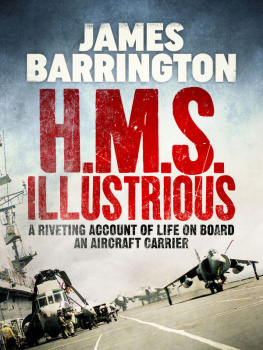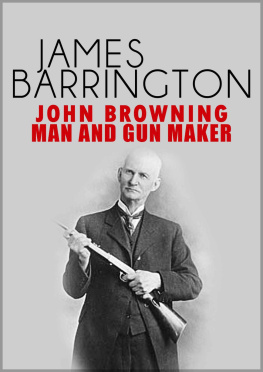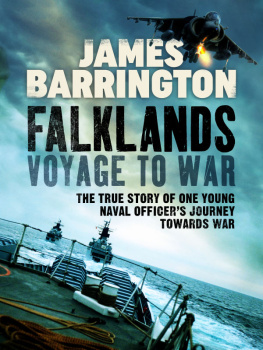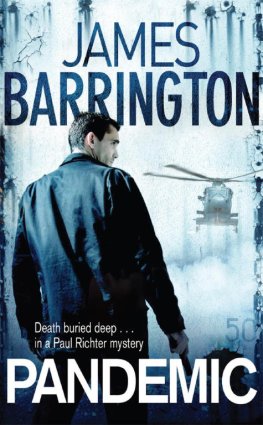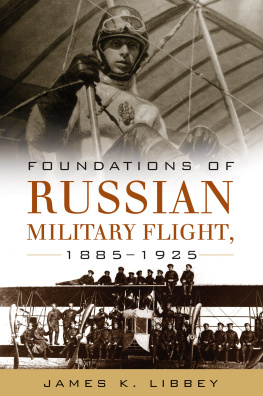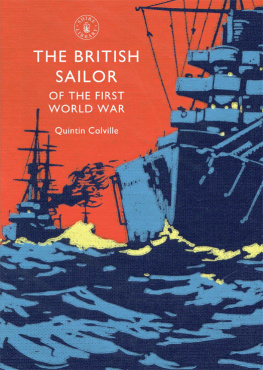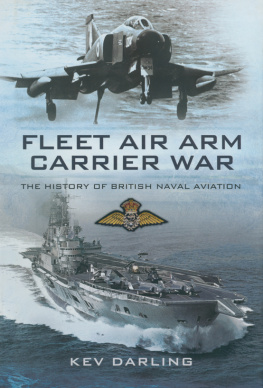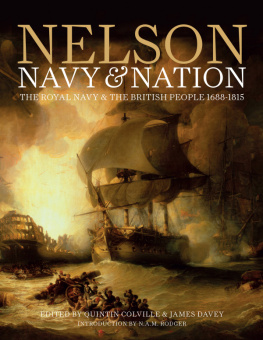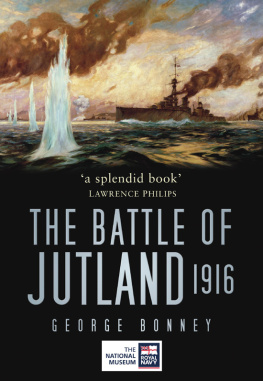Summer 1983
Tuesday 3rd May 1983
Departure day dawned fine and clear, or so the Met man informed me, as I didnt rise until relatively late, at about seven thirty, after a fairly late night on Monday the journey from Hastings to Portsmouth had taken over three hours, and so I didnt get to bed until after midnight. The ship sailed at 1100, in Procedure Alpha, which meant everyone up on the upper deck in best bib and tucker. Or rather almost everyone. Personally, I felt as rough as old boots, for some so far unexplained reason, and so I stayed in my cabin, trying to do a bit more of the Report of Proceedings for the Captain. I still felt bad at lunchtime, but by about 1400 it had passed and I was once again functioning on all cylinders, to my relief.
We had a briefing to give to the embarked aircrew at 1500 (the squadrons 845, 846 and 824 D Flt had flown on board during the morning), which proved quite interesting, as all the procedures had changed on 1st of May, so we were all fumbling around in the dark to some extent. These changes come out periodically, and often make good sense, but this one certainly leaves a certain amount to be desired. Among the sweeping alterations is the abolition of the PVA (Poor Visibility Approach) an expression well known to every maritime pilot to be replaced by ELVA (Emergency Low Visibility Approach), a mouthful which will take some getting used to.
No doubt some wheel at FOF3 (Flag Officer Third Flotilla) will get promoted on the strength of ELVA, which is the really sad thing. Anyway, apart from our slight uncertainties over the revised procedures, the briefing went well, and most of the aircrew are more or less familiar with carrier operations anyway, so there shouldnt be too many difficulties.
With the embarked squadrons we now have Wessex 5 aircraft (845 NAS), ASW Sea Kings (846 NAS), and AEW Sea Kings (824 D Flight). The Wessex are used for general fetching and carrying duties; the ASW Sea Kings (Anti-Submarine Warfare) to protect us against the undersea threat, while the AEW (Airborne Early Warning) aircraft provide us with advance warning of any raids by low-flying aircraft and surface search capability. Of course, unless the Newcastle natives are particularly hostile, it is unlikely that we will need to use any of them in anger
I was Air Officer of the Day (AOOD), just to add a little spice to my life. AOOD is not what can be described as a particularly onerous duty it just keeps me out of bed for rather longer than I would like, as I have to carry out Air Department rounds after midnight and before 0730 in the morning, so the night tends to be a bit on the short side.
The evening entertainment was Charles Bronson in Death Wish a very good film, but one I have seen before and I resisted the temptation to descend to the TV room, and instead occupied myself in my cabin sorting out some of the inevitable paperwork.
My AOOD rounds in the hangar revealed two wheeled trolleys which were not lashed down as they should have been, and which I subsequently reported. That may seem a small thing to worry about, particularly as the sea is giving a fairly convincing impression that it is totally flat, but if we did encounter any waves, the trolleys would certainly have moved, and it is quite amazing just how much damage something like that can cause. By the time I did my midnight rounds, they had been secured.
Wednesday 4th May 1983
A rather murky and mucky day, on the whole, with frequent rain and very poor visibility for the various flying exercises. I spent most of the afternoon up in Flyco, getting into the swing of controlling flight deck operations again, in between hosting a seemingly endless stream of visitors round the ship. I got lumbered with a clump (or whatever the appropriate collective noun is) of Grenadier Guards, who struck me as being tough, but not too bright, though certainly interested in the ship and its operations.
Just recently, we have had literally dozens of different groups going round the ship, and today, as a fairly typical example, we had five groups visiting the Air Department itself a mite tricky to handle, bearing in mind that about the only person able to act as host is me. There are definite limits to my ability, and being in five places at once is quite beyond me!
The afternoon ended with an interesting little jaunt into Dover Harbour, in line astern with Naiad (a missile-fitted frigate) behind us. Captain Slater was driving, of course, and he made it, as ever, look easy, as he banged the ship, which is rather larger than most of the vessels which use Dover, in at one end and out at the other. Those people who were about the place to watch gave us friendly waves, so we did our best to impress them with a full-power take-off as we cleared the exit. Makes Sealink look a bit sick. But then, so do a lot of things.
Our Number Two Air Director, John Griffin, fell head over heels today, and is confined to the Sick Bay until further notice, so it looks as if I might be spending rather more time in the Operations Room than I had been intending for the next few days. Fortunately, we are not all that far out of Newcastle, and hopefully by the time we leave there he will have recovered.
Thursday 5th May 1983
A rather better and brighter day than yesterday, with reasonable visibility and a fairly full flying programme as the ship made its way up the east coast of Britain. As John Lamb (Lieutenant Commander (Flying)) was nipping off home (he lives a mile or three from Topcliffe, the HDS helicopters destination) I had to stay in Flyco for most of the day, starting at about nine and finally leaving just before five. I did get nearly twenty minutes off for lunch though. A slightly bizarre sight as John Lamb got into the aircraft was a set of golf clubs, carried out to the helicopter by a very large maintainer. With John going home for what can only be described as a leg-over and chips, one might well wonder what the golf
clubs were for. The reason was simple in the golf bag was a 4.5-inch shell case which he wanted to get off the ship without attracting too much attention from Commander (Air), and the clubs merely added to the camouflage.
As well as our own rotary wing operations, we were also visited by a large number of fast jets F-111 and Lightning, with the odd Canberra for a bit of variety that were involved in a series of radar tracking trials for the ship, and all of which came down for low passes to pay their respects. Great fun. One or two were so close Im surprised that the paint on the upper deck wasnt blistered by their after-burners
The F-111 aircraft were also involved in a number of runs on a splash target towed by Naiad, which remained in company with us until midway through the afternoon, when she detached. Despite the slightly hazy weather at the time of the runs, it was interesting to watch the runs, some of which were very accurate indeed.
I finally managed to get the Report of Proceedings drafted out for the Captain last night, so that is one of the bigger jobs off my hands. All I have left to do now is the Padres Illustrious Chat ostensibly a simple typing job, but unfortunately his English is almost as bad as Commander (Air)s, so there will be a fair amount of re-writing to do.

